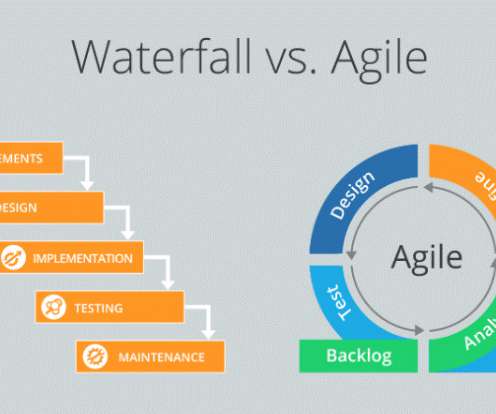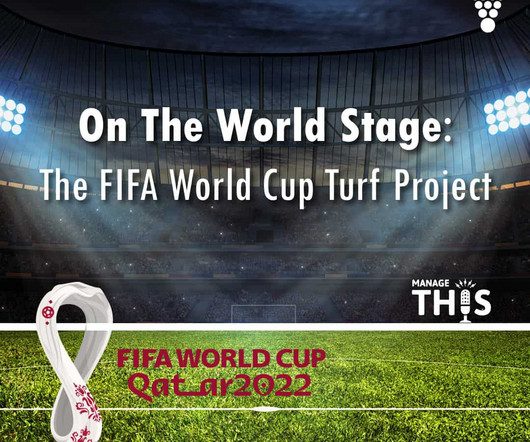How good are you at starting off your project?
Ron Rosenhead
SEPTEMBER 17, 2015
I came across an interesting report published by the National Audit Office (NAO) – which exists to provide independent opinion and evidence to assist Parliament and hold government to account. It is called “Initiating successful projects” and was first published in December 2011. The report goes on to suggest: “….our














Let's personalize your content